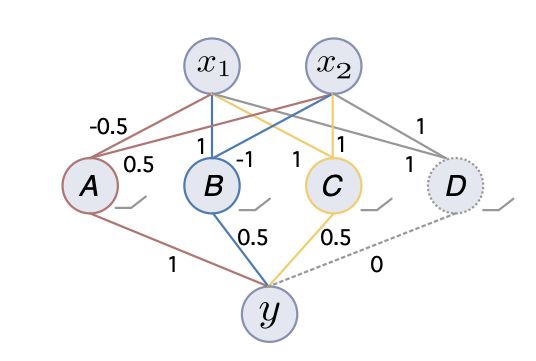
Marco Ancona1, Cengiz Öztireli2, Markus Gross1
1Department of Computer Science ETH Zurich, Switzerland
2Department of Computer Science and Technology University of Cambridge, UK
Structured pruning is a well-known technique to reduce the storage size and inference cost of neural networks. The usual pruning pipeline consists of ranking the network internal filters and activations with respect to their contributions to the network performance, removing the units with the lowest contribution, and fine-tuning the network to reduce the harm induced by pruning. Recent results showed that random pruning performs on par with other metrics, given enough fine-tuning resources. In this work, we show that this is not true on a low-data regime when fine-tuning is either not possible or not effective. In this case, reducing the harm caused by pruning becomes crucial to retain the performance of the network. First, we analyze the problem of estimating the contribution of hidden units with tools suggested by cooperative game theory and propose Shapley values as a principled ranking metric for this task. We compare with several alternatives proposed in the literature and discuss how Shapley values are theoretically preferable. Finally, we compare all ranking metrics on the challenging scenario of low-data pruning, where we demonstrate how Shapley values outperform other heuristics.
Links:
PDF